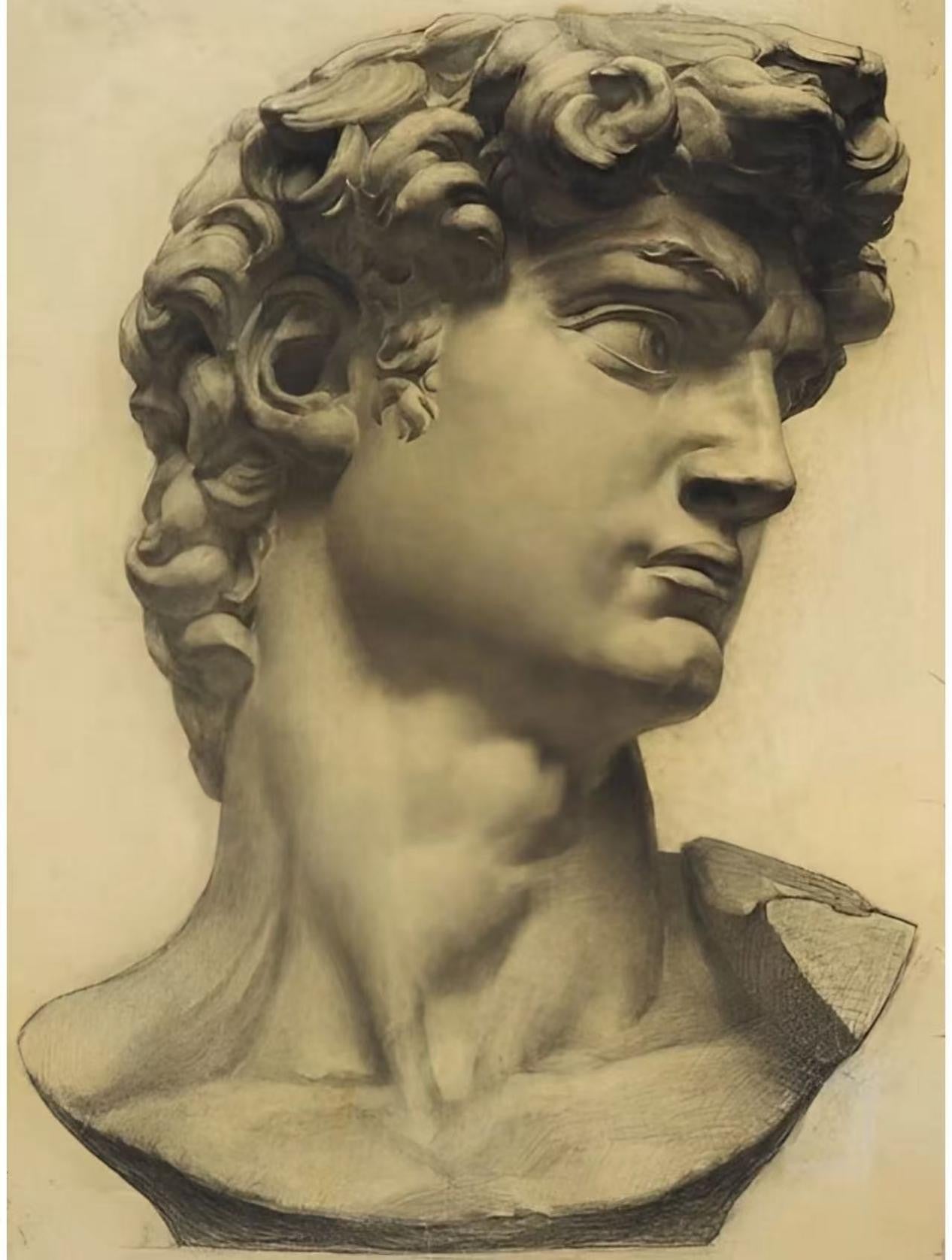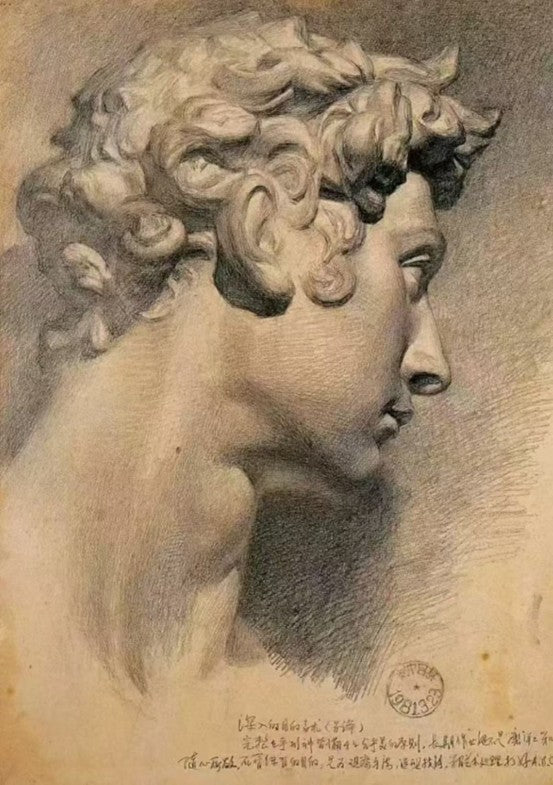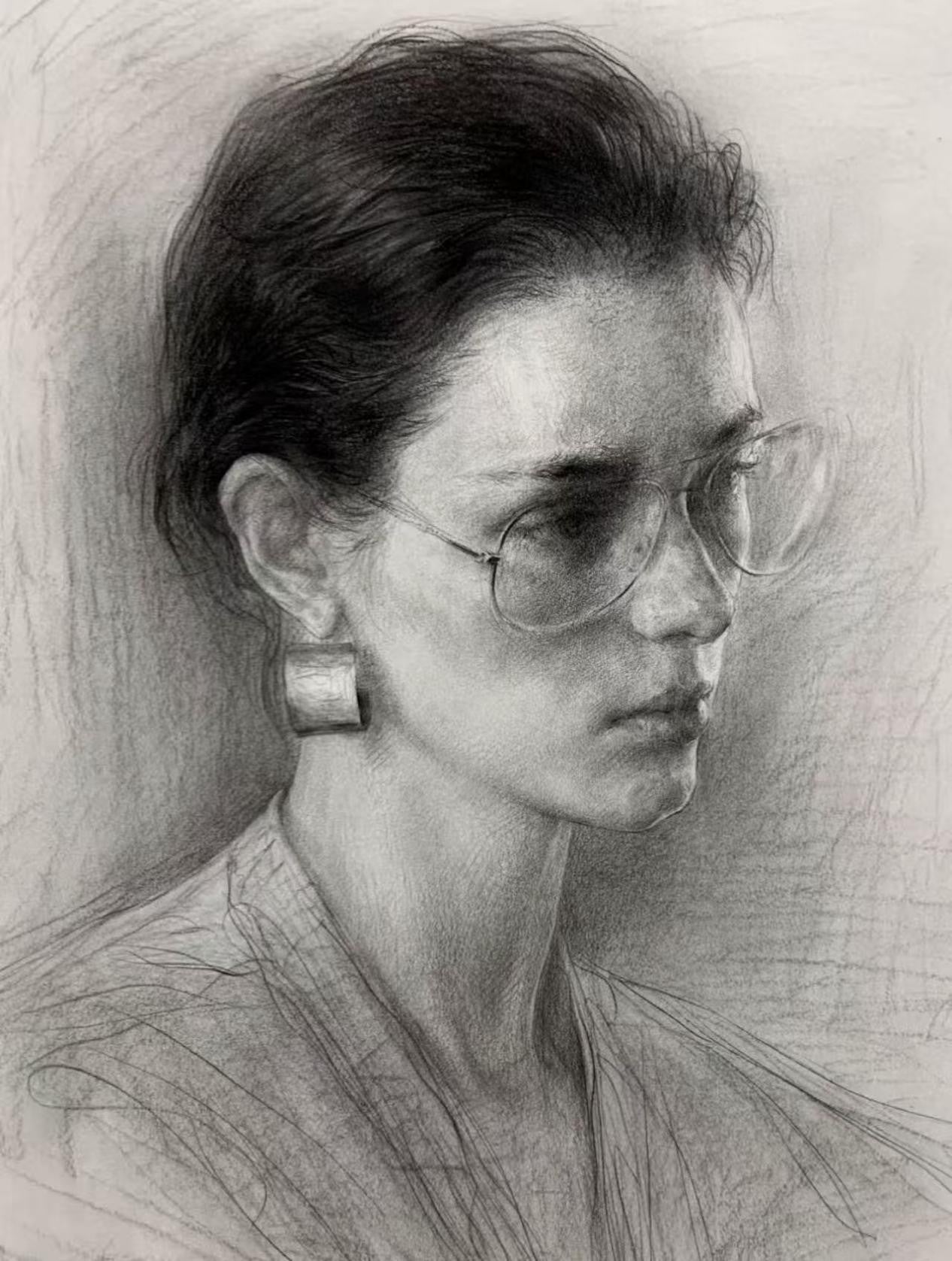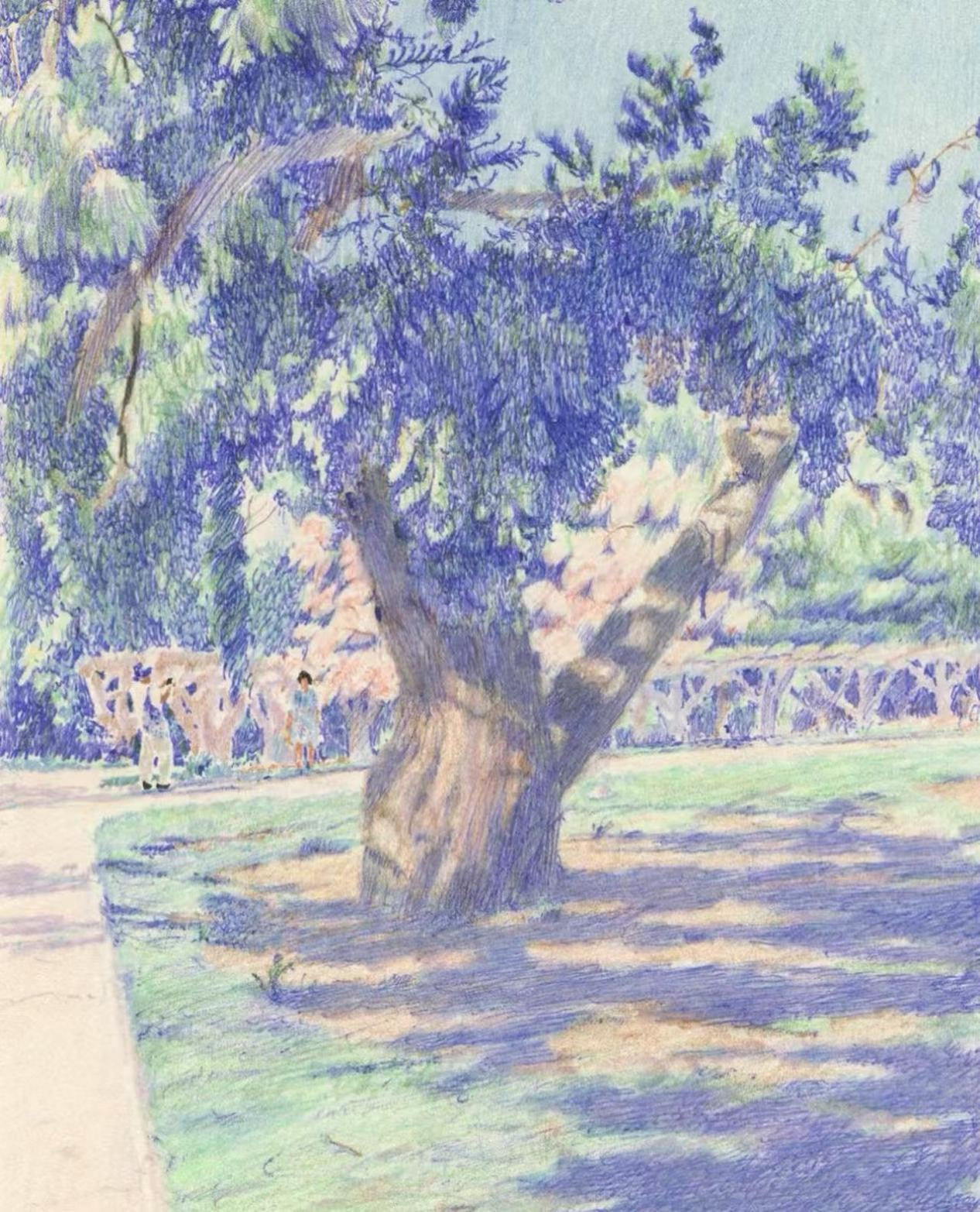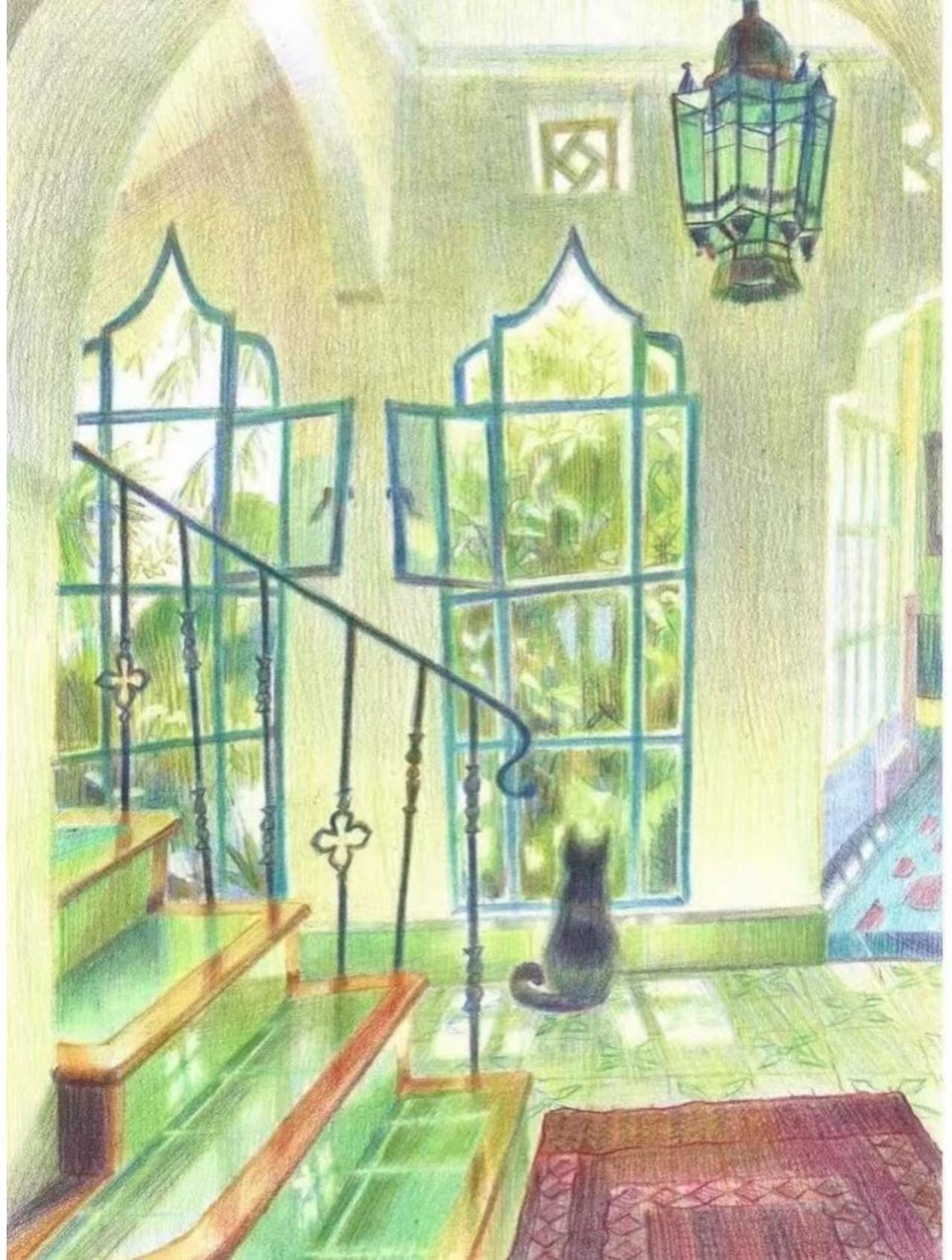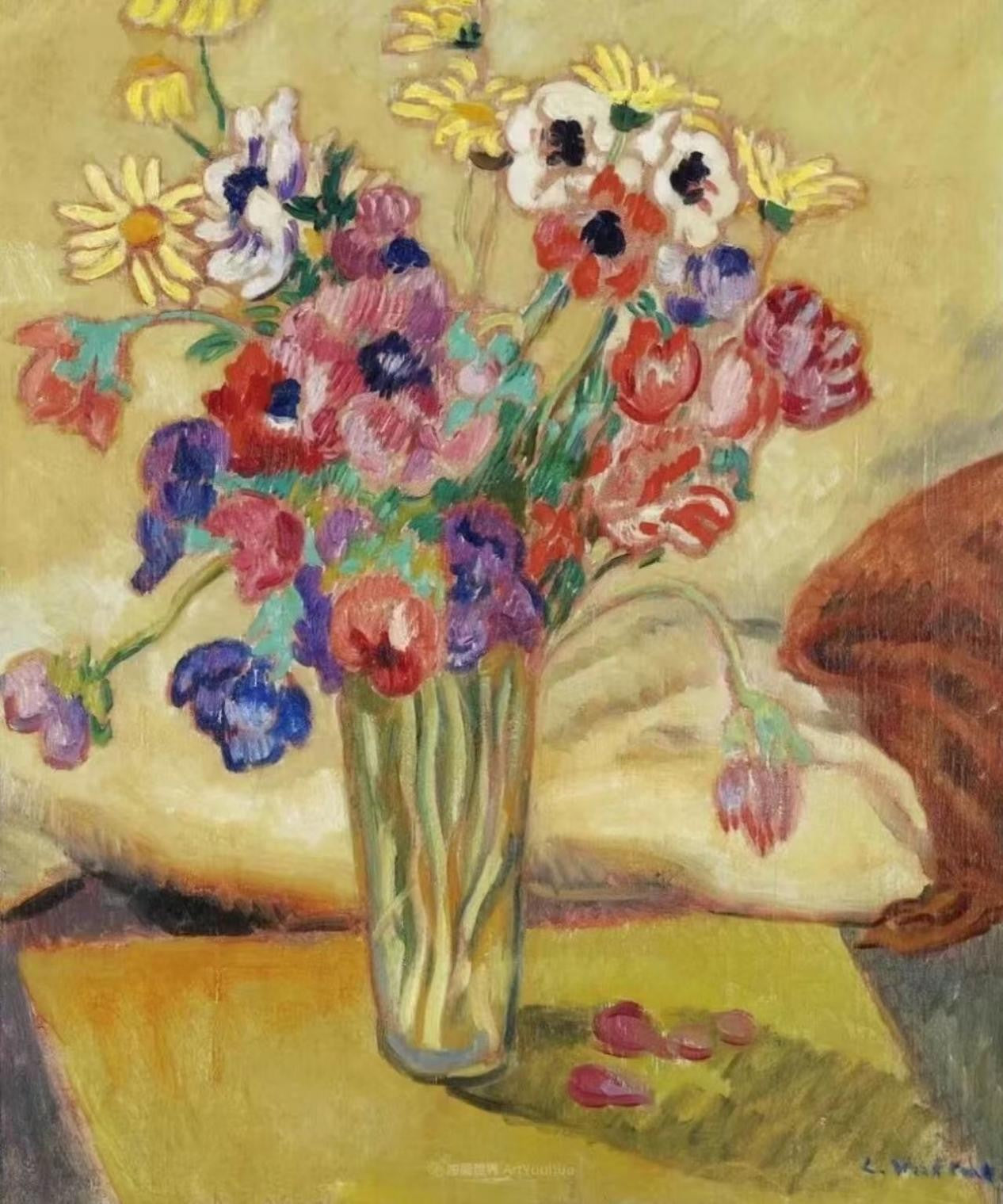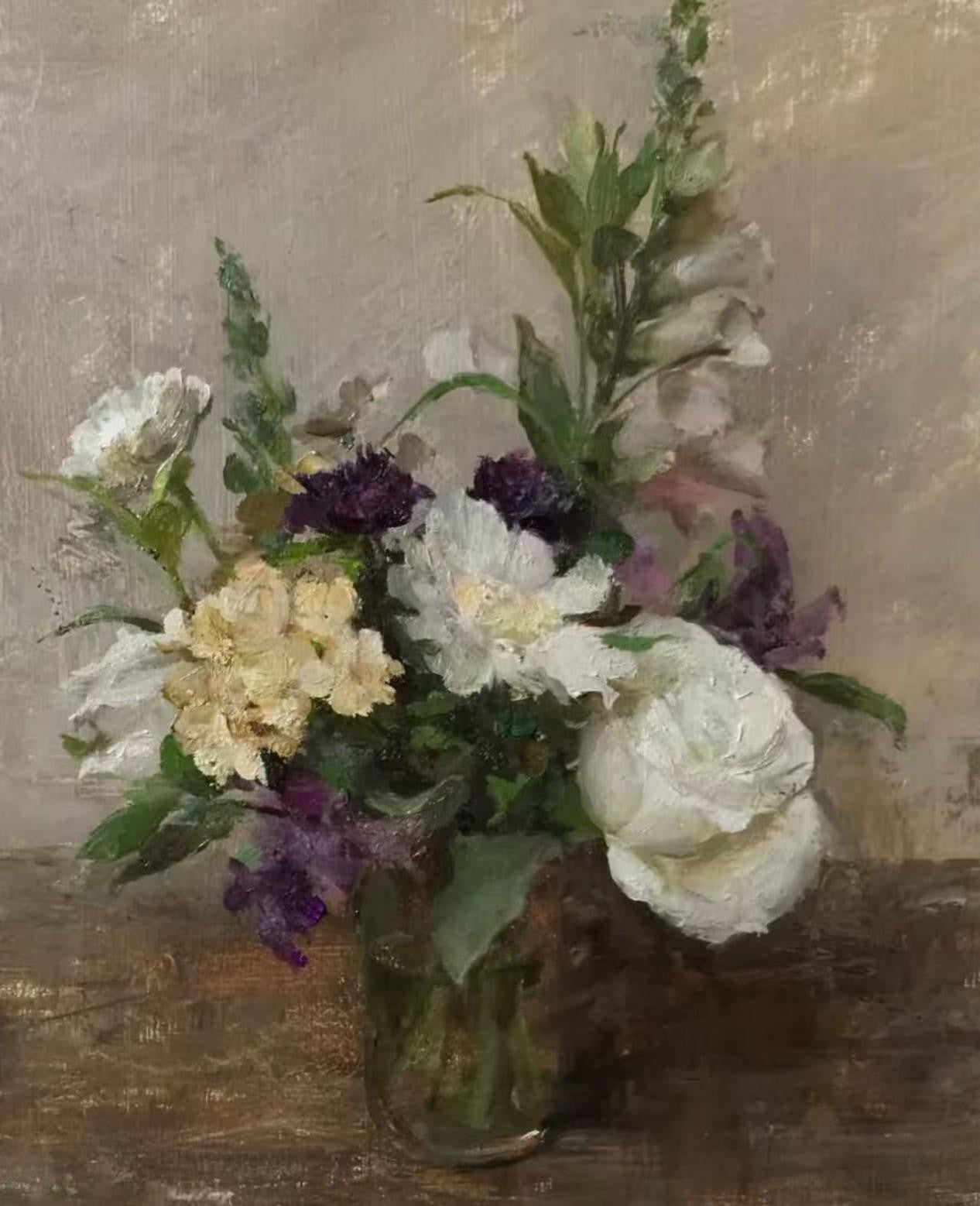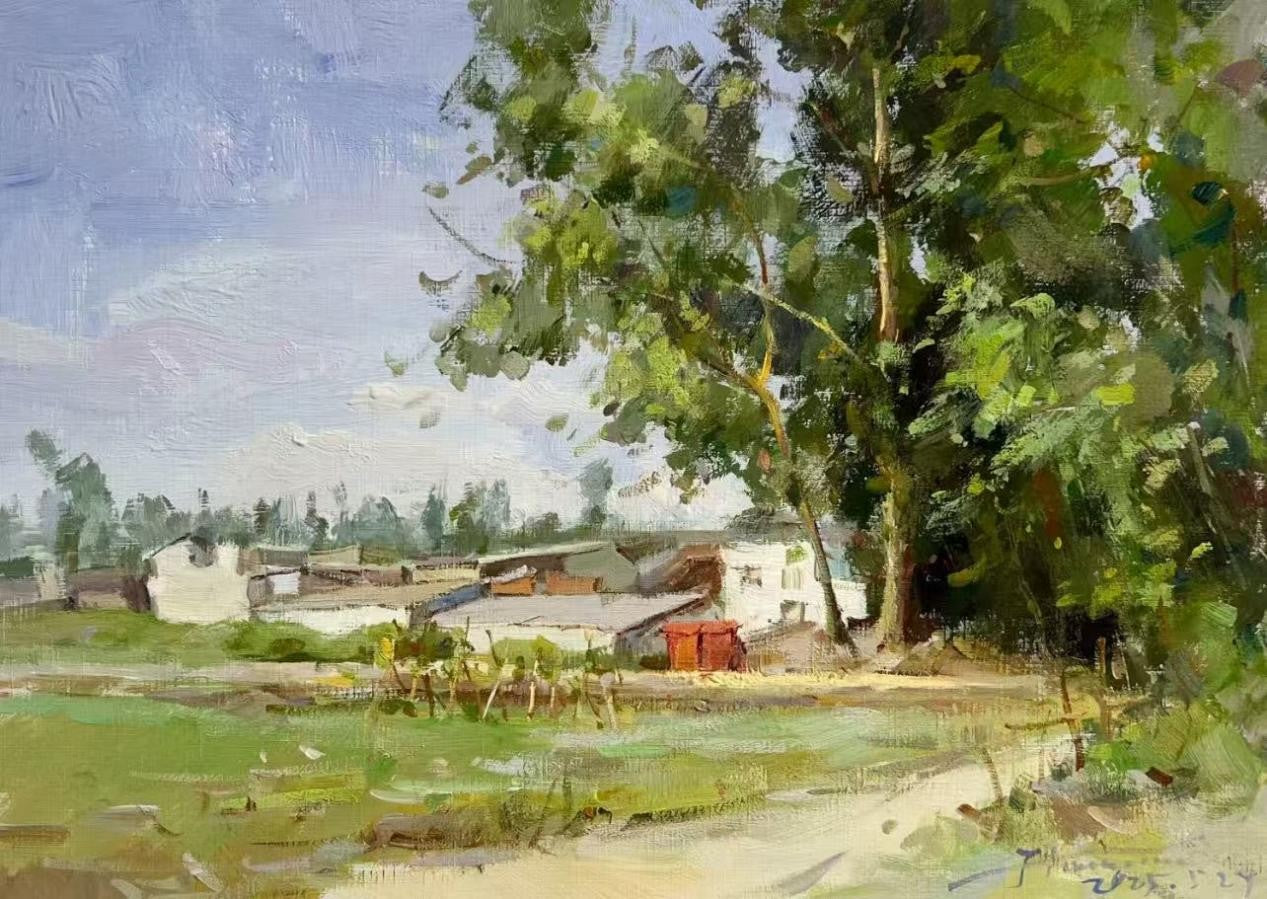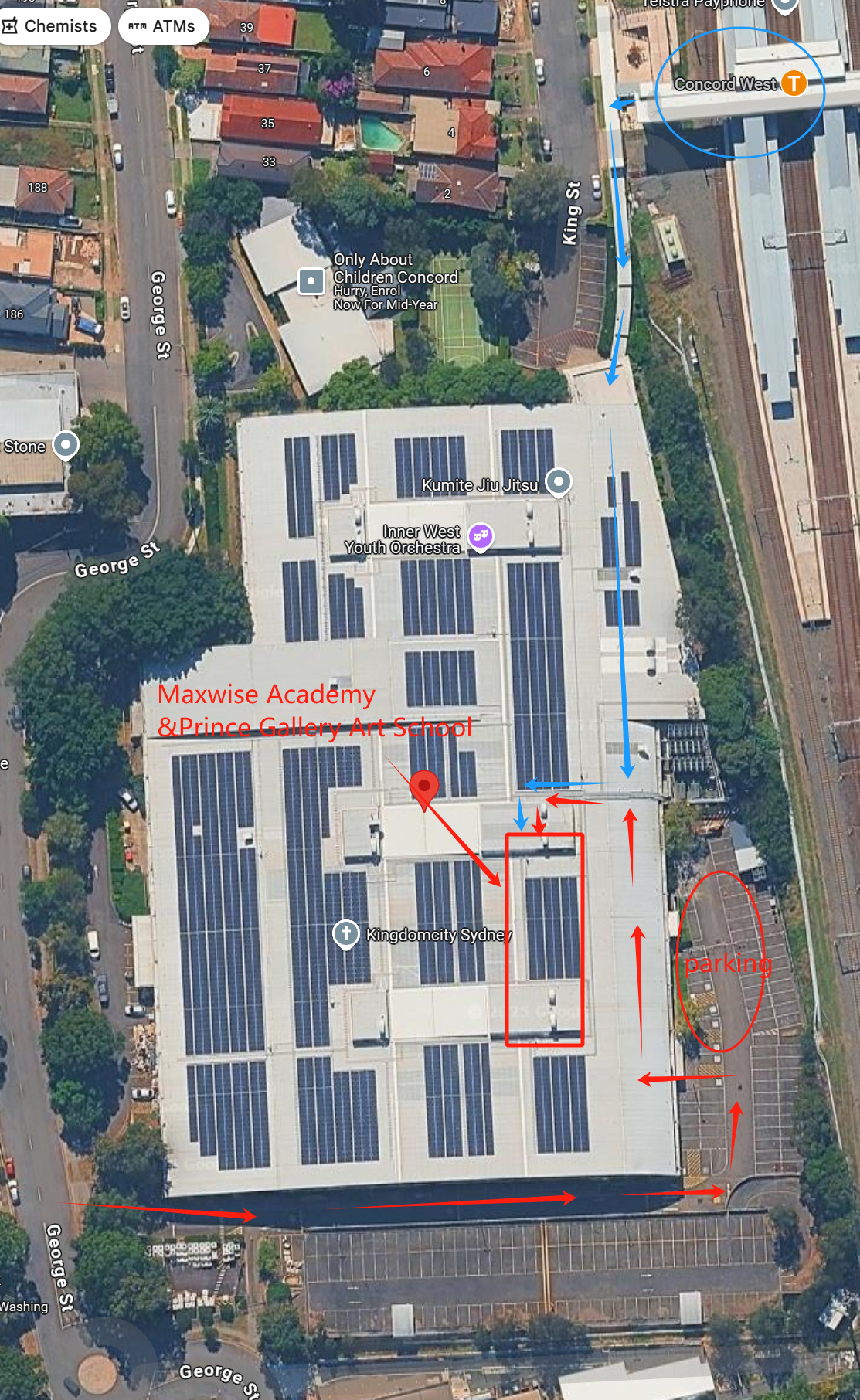PRINCE GALLERY
Selective Girls Art Class (10~17yrs)
Selective Girls Art Class (10~17yrs)
Couldn't load pickup availability
🎨 Intermediate / Advanced Art Class - 9 classes per term
New Address: 1 King Street, Concord West.
This fine arts course is designed for students with intermediate drawing skills who wish to explore advanced artistic techniques. The Mastering Art class focuses on developing a strong sense of three-dimensionality, realism, and individual expression.
Through a series of carefully structured projects — ranging from still life, animals, nature, and landscapes to human figures, cartooning, and master studies—students will deepen their understanding of:
1. Shading and light
2. Perspective and proportion
3. Composition and balance
4. Surface treatment and finishing techniques
Each student will be guided to refine their technical foundation while exploring and developing their personal artistic style.
Class Information:
- Number of Classes: There are 9 classes for each Term. The class will skip on public holidays. Minimum booking is 5 classes. 10% extra if less than 5.
-
Tutors: Allison
- Enrollment Recommendation: It's recommended that you enroll for a full Term. If you want to enroll in fewer than 9 classes or have other requirements, please Contact Us, or just book a single class to give it a try.
- Art Tools and Materials: Remember to bring your art tools and materials or book them from us. We offer fine art supplies from Mont Marte.
- Makeup Classes: We encourage students to make up missed classes during other available times in the same term. Please note, missed classes cannot be carried over to the next term unless medical proof is provided.
-
We understand plans can change. Cancellations made at least 3 days in advance are eligible for a refund (minus a 4% processing fee) or a full-value Gift Card.
Transportation Information:
BLUE route is for students taking the train. RED route is for car transportation. Free parking is available.

🖌️ Term 3 Curriculum
Lesson 1/Lesson 2 | Plaster Head Practice
This two-week plaster head practice is designed to help students gain a deeper understanding of the significance of basic plaster sketching. Through observing and sketching plaster heads and facial feature models, students will not only master the proportional relationships of the human head structure but also gradually develop their perception of light and shadow, volume, and space. As an essential component of foundational form training, plaster busts offer highly abstract forms and stable lighting conditions, making them ideal subjects for study. They serve as a crucial transitional stage between structural sketching and life drawing. Through systematic training, students will lay a solid foundation in form for future figure drawing and creation.
Learning Objectives
Understand the basic structure and proportional relationships of the human facial features (eyes, nose, mouth, ears)
Learn to observe the light sources, shadows, and volume changes in plaster facial feature models
Master basic sketching techniques: accurate form creation, structural shaping, and handling of light and shadow layers
Focus on training the ability to depict structural transitions and spatial sense in structures
Teaching Methods
Explain the typical structure of plaster facial features (e.g., eyes, nose, mouth)
Demonstrate how to use lines and light and shadow to establish volume
Provide individual guidance and revisions during class
Analyse common issues using sample drawings (e.g., shape distortion, structural errors, chaotic light and shadow)
Teaching Objectives
Enhance students' understanding and ability to shape local structures of the human figure
Strengthen students' observational skills and accuracy in form creation
Lay the structural and technical foundation for subsequent comprehensive portrait training
Lesson 3|Life Drawing Practice with Real People
Learning Objectives
Transfer what you have learned from drawing plaster busts to drawing real people.
Observe the structure, facial expressions, and proportions of real people.
Teaching Methods
Emphasise quick composition, capturing facial expressions, and overall light and shadow treatment.
Teaching Objectives
Establish transition training from static models to realistic objects.
Lesson 4|Coloured Pencil Techniques Landscape Practice
Learning Objectives
Learn basic coloured pencil techniques (colouring, layering, blending, and detailing)
Master basic coloured pencil techniques for depicting landscape elements
Teaching Methods
Technique explanation + tool introduction + practical demonstration
Copy a landscape painting with colour variations
Teaching Objectives
Cultivate students' colour perception skills
Lay the foundation for colour techniques in colour courses
Lesson 5 | Oil Pastel Techniques for Flower Still Life Practice
Learning Objectives
Master basic oil pastel techniques (smearing, layering, scraping, colour layering, etc.)
Learn how to depict the shape, colour layers, and texture of flower still lifes
Enhance students' basic understanding of colour coordination and warm-cool contrast
Teaching Methods
Teacher explains the characteristics of oil pastel techniques and tool usage
Demonstrates composition, sketching, and colour handling for floral still lifes
Teacher provides individual guidance and corrects techniques
Teaching Objectives
Develop students' familiarity with oil pastel medium
Enhance still life observation and expression skills
Serve as a technical transition and foundation for colour expression courses, laying the groundwork for creative courses
Lesson 6/Lesson 7 | Masterpiece Flower Still Life Acrylic Painting Practice
This two-week masterclass in flower still life painting aims to guide students in deeply understanding the form and colour variations of flower still lifes through acrylic painting techniques. Through the copying of classic floral works, students will enhance their formative skills through continuous observation and practice, mastering techniques such as layered coverage, light and shadow modelling, and colour blending with acrylic paint. This phase of training not only helps establish a solid foundation in colour expression but also allows students to experience the brushwork and compositional thinking of artistic masters, accumulating rich experience and technical reserves for future independent creation.
Learning Objectives
Master the overall composition and large-scale colour coordination of the work
Understand the impact of lighting on colour and atmosphere
Teaching Methods
Demonstration analysis + technique breakdown + student practice
Guide students to understand the rhythm of brushstrokes and the relationship between warm and cool colours
Teaching Objectives
Cultivate the ability to depict colour details
Enhance students' skills in creating atmospheric compositions
Lesson 8/Lesson 9 | Acrylic Painting Practice of Rural Scenery
Learning Objectives
Understand colour changes in foreground and background (warm colours in foreground, cool colours in background)
Improve overall sense of composition and organisational skills
Express the colour characteristics of natural elements such as trees and fields
Teaching Methods
Explain composition and colour coordination by region
Guide students in reproducing the details and colour scheme of the original landscape
Teaching Objectives
Improve students' colour modelling abilities and natural observation skills
Master colour treatment methods for typical landscape elements
(PS: Sample drawings and guides may be adapted to suit the students’ mood and creative energy on the day.)
Share
